- Home
- Articles
- Architectural Portfolio
- Architectral Presentation
- Inspirational Stories
- Architecture News
- Visualization
- BIM Industry
- Facade Design
- Parametric Design
- Career
- Landscape Architecture
- Construction
- Artificial Intelligence
- Sketching
- Design Softwares
- Diagrams
- Writing
- Architectural Tips
- Sustainability
- Courses
- Concept
- Technology
- History & Heritage
- Future of Architecture
- Guides & How-To
- Art & Culture
- Projects
- Interior Design
- Competitions
- Jobs
- Store
- Tools
- More
- Home
- Articles
- Architectural Portfolio
- Architectral Presentation
- Inspirational Stories
- Architecture News
- Visualization
- BIM Industry
- Facade Design
- Parametric Design
- Career
- Landscape Architecture
- Construction
- Artificial Intelligence
- Sketching
- Design Softwares
- Diagrams
- Writing
- Architectural Tips
- Sustainability
- Courses
- Concept
- Technology
- History & Heritage
- Future of Architecture
- Guides & How-To
- Art & Culture
- Projects
- Interior Design
- Competitions
- Jobs
- Store
- Tools
- More
Common Roof Issues & Top Tips on Solving Them Quickly

Roofs take a beating over the years. Whether it’s heat in the summer, heavy winds in spring, or relentless rainstorms in winter, your roof is constantly working to protect the interior of your home. But even strong roofing systems have limits. Over time, wear and tear or sudden weather events can lead to issues that demand quick attention. The longer they go unnoticed, the more costly and damaging they become.
Staying ahead of these problems starts with awareness. Knowing what to look for and how to respond can help you extend your roof’s lifespan and avoid serious home repair costs. The best approach is to inspect your roof regularly, address small issues before they grow, and act quickly when signs of trouble appear.
Table of Contents
ToggleLeaks and Moisture Intrusion
One of the most frequent roofing problems is water intrusion. Leaks typically develop where flashing has deteriorated, around chimneys or vents, or in valleys where water naturally collects. Over time, even small amounts of moisture can seep into attic insulation, ceiling drywall, and the support structure below.
Leaks aren’t always obvious right away. In many cases, the first sign is a water stain on the ceiling or a musty smell in the attic. Other times, visible mold or peeling paint near corners and windows gives the problem away. Quick response is critical. A minor leak can become a full roof replacement if moisture is allowed to rot beams and decking.
To solve the problem, locate the source of the leak. That’s not always where the water shows inside. Water can travel between layers and across rafters before dripping down. Once the damaged area is found, replace the affected shingles or membrane and reseal any flashing nearby.

Shingle Damage and Granule Loss
Shingles are designed to protect your roof from UV rays, rain, and debris. Over time, they begin to show signs of age. You might notice granules collecting in gutters, curling edges, or even entire shingles missing after a storm. Without complete coverage, the exposed roof structure becomes more vulnerable to water penetration.
Visual inspections, especially after strong winds or hail, can reveal damaged shingles. Granule loss indicates that the shingles are nearing the end of their life, while cracked or loose shingles suggest poor adhesion or weather-related damage.
Replacing a few shingles is a simple task for most roofing contractors. Matching the color and style of the originals helps preserve your home’s appearance while protecting its surface. When granule loss is widespread or large sections are compromised, a more extensive repair or replacement may be necessary.
Poor Drainage and Clogged Gutters
Gutters and downspouts play a critical role in directing rainwater off the roof and away from the home’s foundation. When they become clogged with leaves, debris, or granules from aging shingles, water begins to back up onto the roof. That pooled water has nowhere to go and may find its way under the shingles or into small cracks.
Poor drainage contributes to mold, rot, and ice dams in colder climates. It can also add stress to the roof edge and fascia boards, weakening structural elements over time.
Regular cleaning of your gutters, especially in the fall, is one of the most effective ways to prevent drainage-related roof problems. For long-term protection, consider gutter guards that reduce the amount of debris that enters the system. If you notice water spilling over the edge of the gutter or streaking down the siding, it’s time to investigate further.
Faulty Flashing and Roof Penetrations
Flashing seals the edges of your roof where different materials meet, such as around skylights, vents, and chimneys. These transition points are naturally vulnerable to leaks, and flashing that’s cracked, rusted, or poorly installed can let in water.
Older flashing may have deteriorated due to weather or improper installation. In newer roofs, movement caused by temperature shifts or settling can loosen seals, leading to water infiltration.
The best way to prevent these issues is to schedule inspections during seasonal transitions. Professionals can assess the condition of your flashing, make necessary repairs, and ensure that sealants remain watertight. When replacing flashing, use high-quality materials like aluminum or galvanized steel to ensure a longer service life.
Poor Installation Practices
Even the highest quality roofing materials can fail if they are installed incorrectly. Mistakes during the original installation—such as incorrect nailing, poor underlayment coverage, or ignoring ventilation needs—can lead to major problems within a few years.

Signs of a bad installation may include uneven shingle lines, recurring leaks in the same area, or premature aging of roofing materials. In these cases, repairs may provide temporary relief, but a complete reinstallation might be required to fix underlying issues.
Choosing a reputable contractor for repairs or replacements is key to avoiding this situation. Reliable professionals, like those who specialize in roofing in Magnolia, understand local building codes and climate demands, and their workmanship ensures long-lasting protection. A properly installed roof performs better and reduces long-term maintenance costs.
Inadequate Ventilation and Insulation
A well-ventilated roof allows hot air and moisture to escape from the attic, preventing mold and reducing stress on the shingles. Poor ventilation traps heat, which can cause shingles to warp and the attic to become a breeding ground for mold. In the winter, it can lead to ice dam formation as warm air melts snow unevenly on the roof surface.
Insulation also plays a role. Without proper insulation, energy efficiency suffers and indoor comfort declines. The effects of poor airflow and temperature control may compound roofing problems.
Improving attic ventilation may involve adding ridge vents, soffit vents, or attic fans. The investment pays off by extending the roof’s lifespan and reducing heating and cooling costs throughout the year.
Roof problems rarely get better with time. From leaks and drainage issues to poor installation and missing shingles, each small issue has the potential to develop into a costly repair. The sooner they’re identified and addressed, the better your chances of preserving your home’s safety and value. By staying proactive, scheduling inspections, and working with skilled professionals, you ensure your roof continues to protect what matters most.
illustrarch is your daily dose of architecture. Leading community designed for all lovers of illustration and #drawing.
Submit your architectural projects
Follow these steps for submission your project. Submission FormLatest Posts
Best Practices for Roof Inspections and Maintenance
On most projects, the roof spends decades out of sight while carrying...
Sunny Days, Secure Roof: Simple Steps to Shield Your Home
Your home is more than just a place to live—it’s a sanctuary....
Simple and Stylish Roof Ideas for Homeowners
When designing your home, don’t overlook the roof. It’s essential for both...
Key Qualities to Look For in a Residential Roofing Contractor
Choosing a residential roofing contractor involves careful consideration. The roof is a...


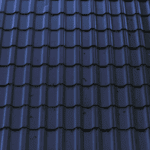



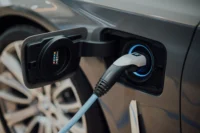

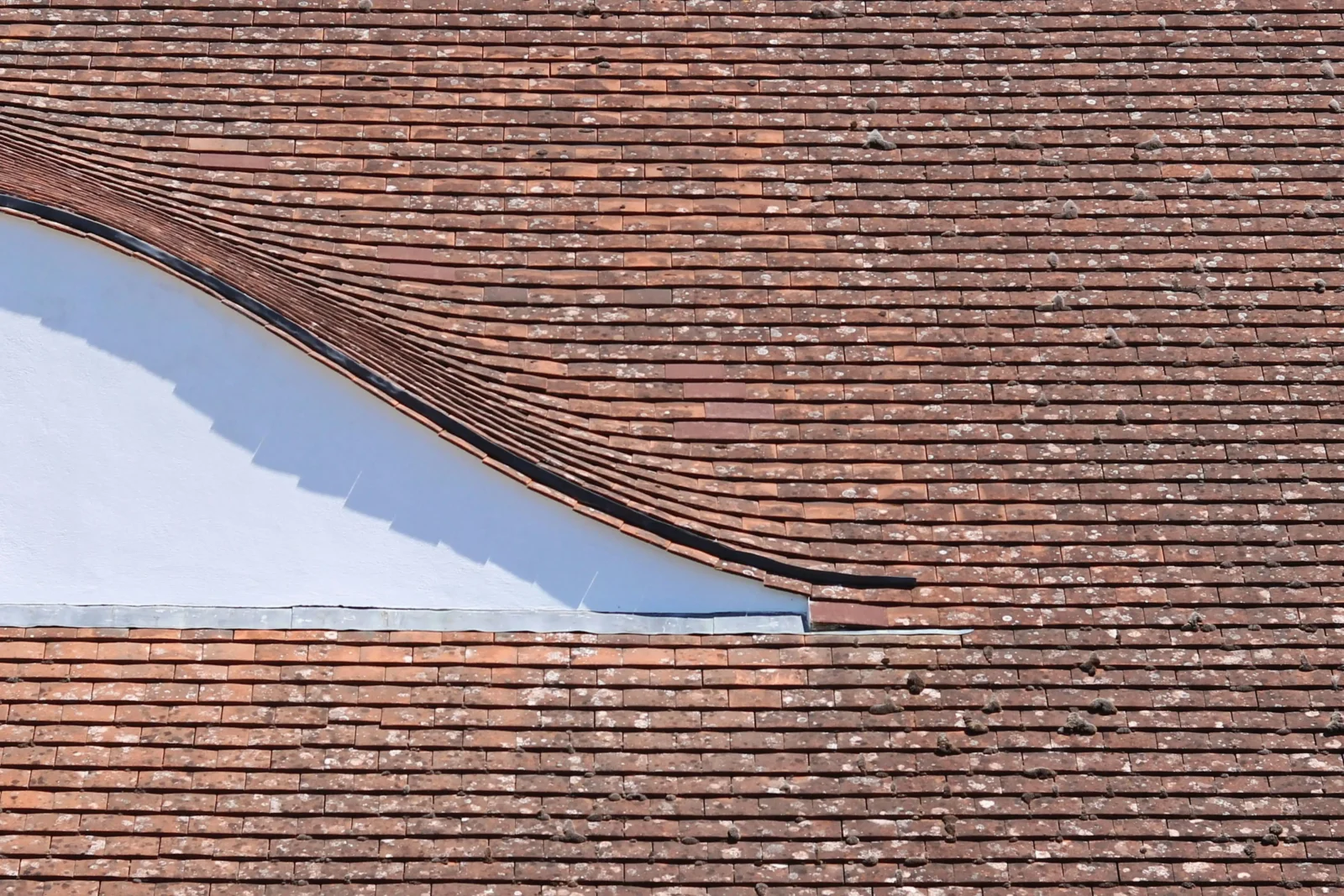
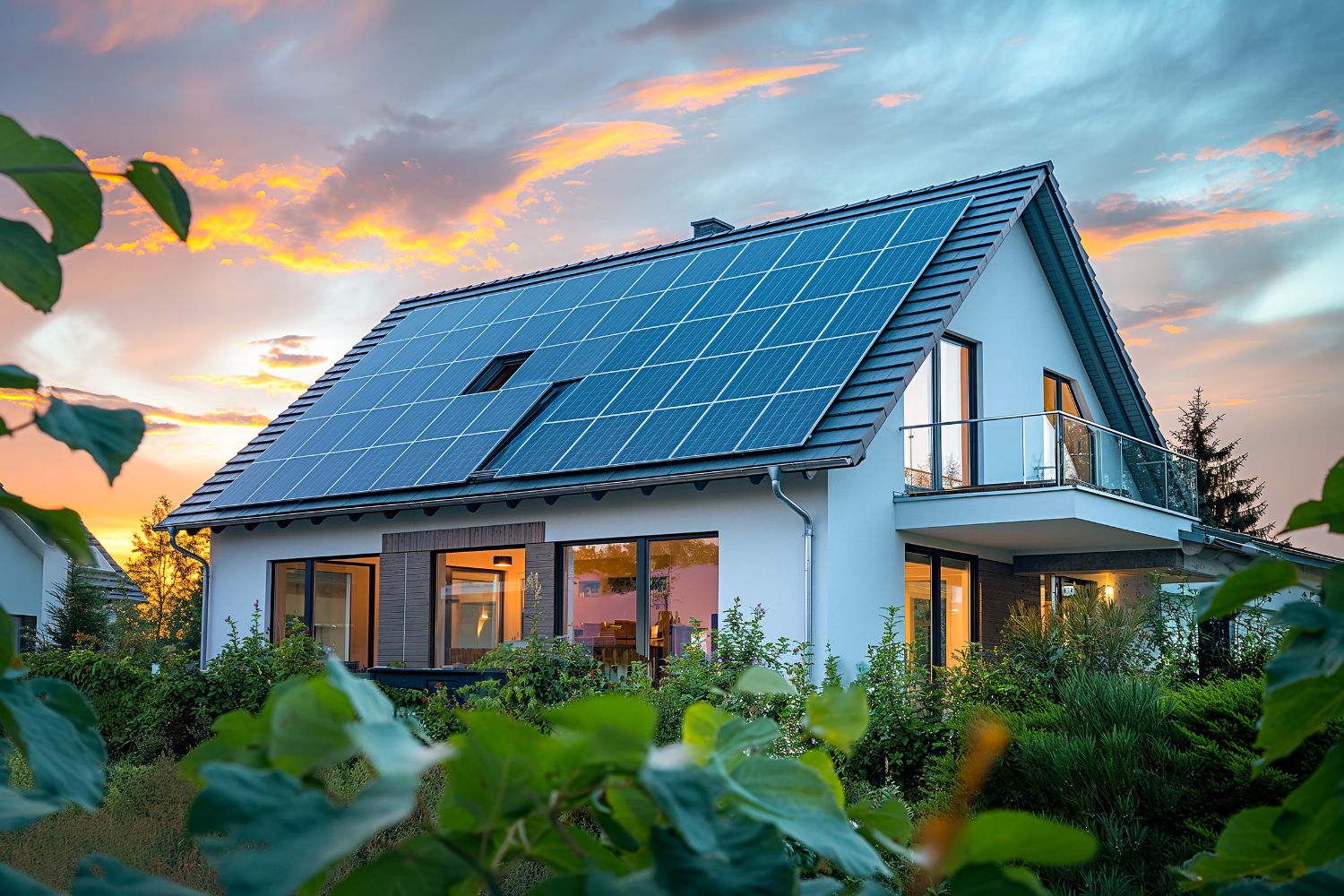
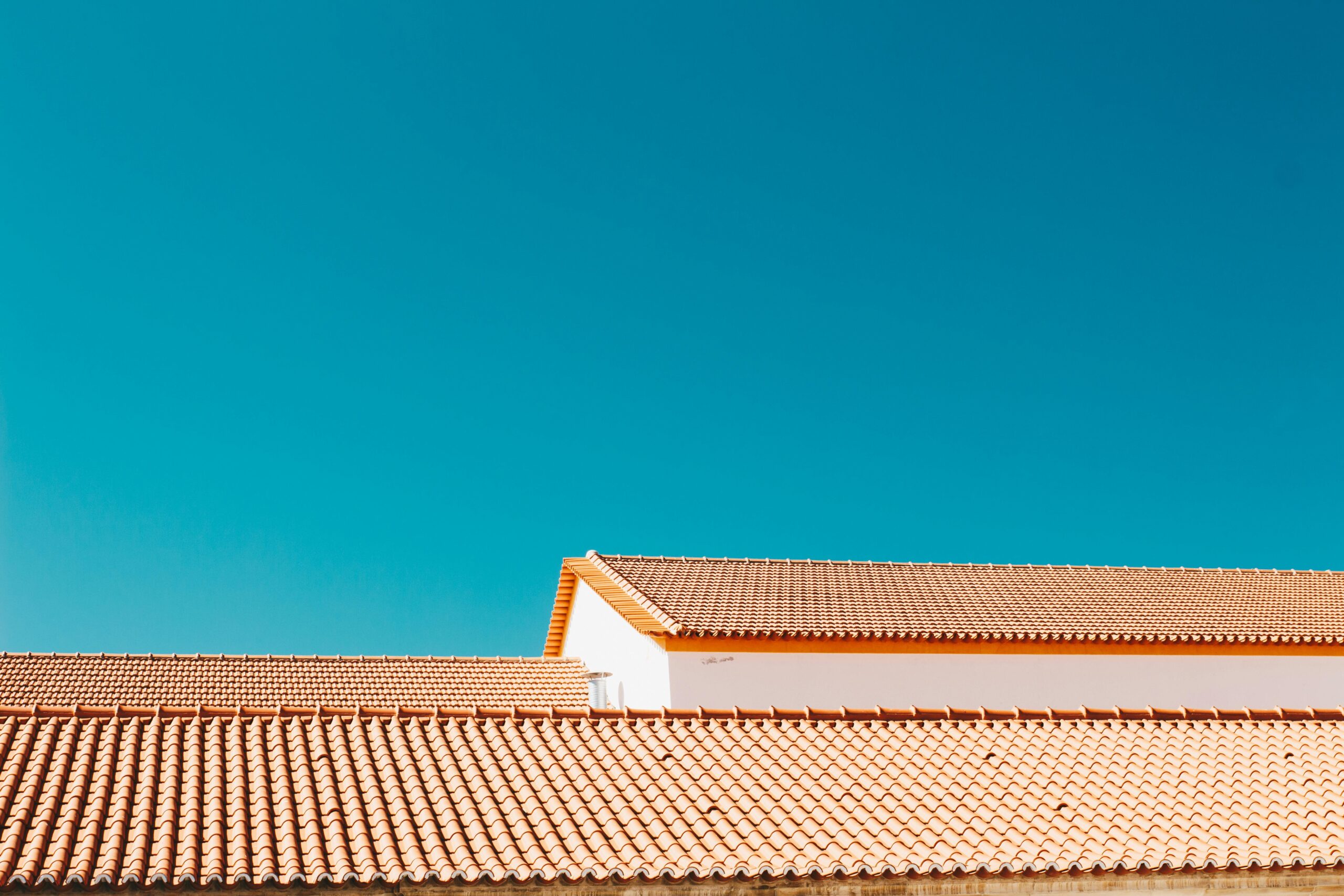
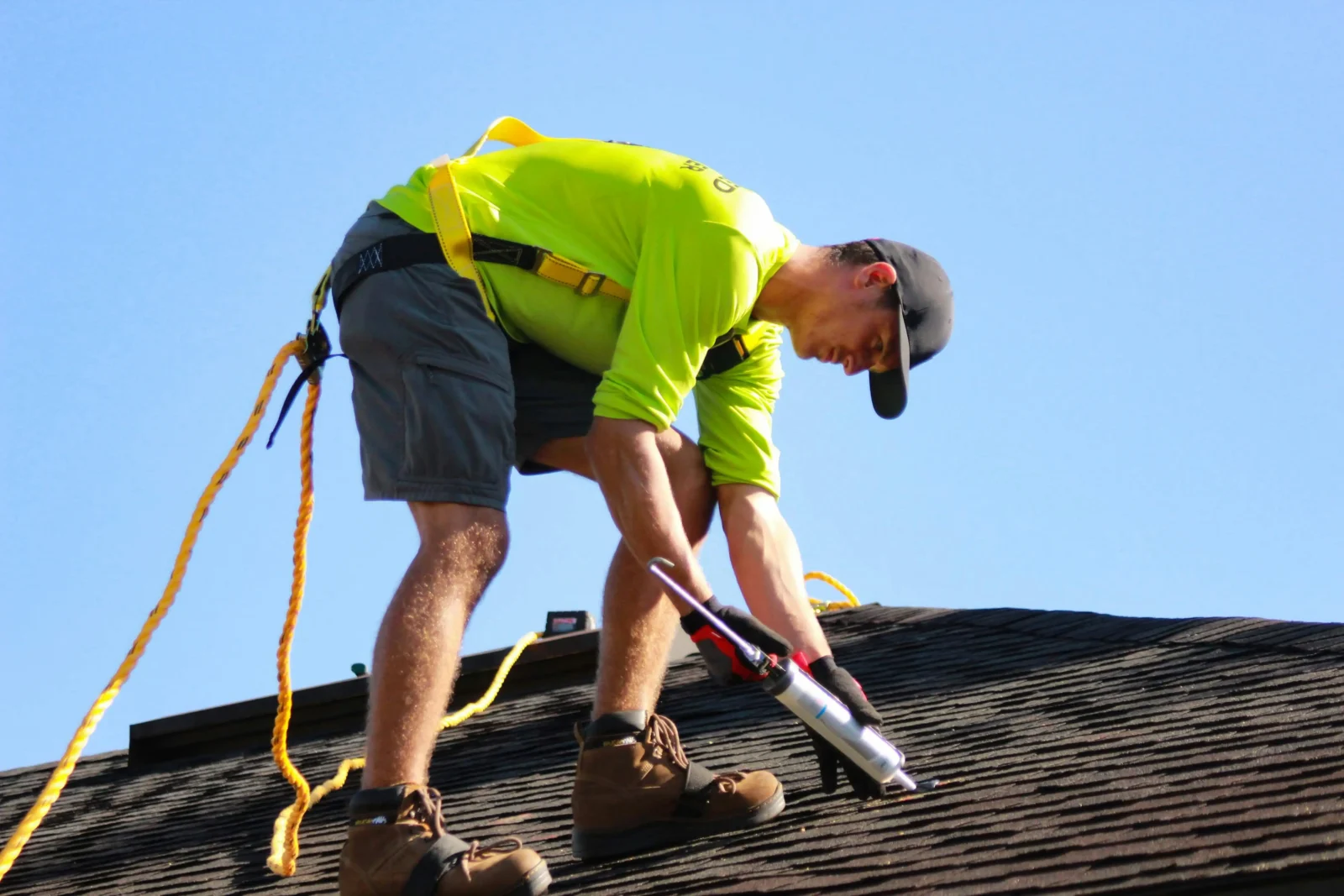
Leave a comment